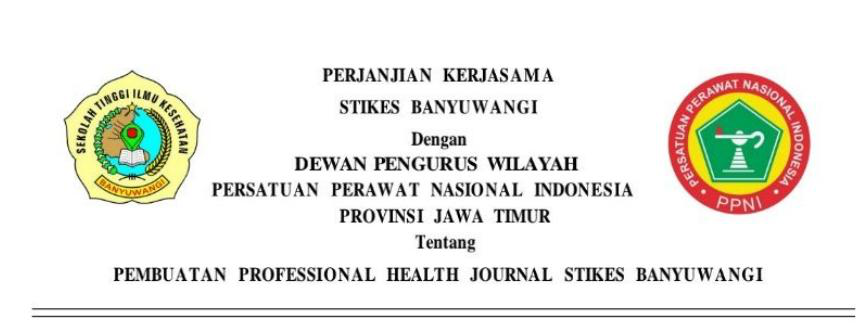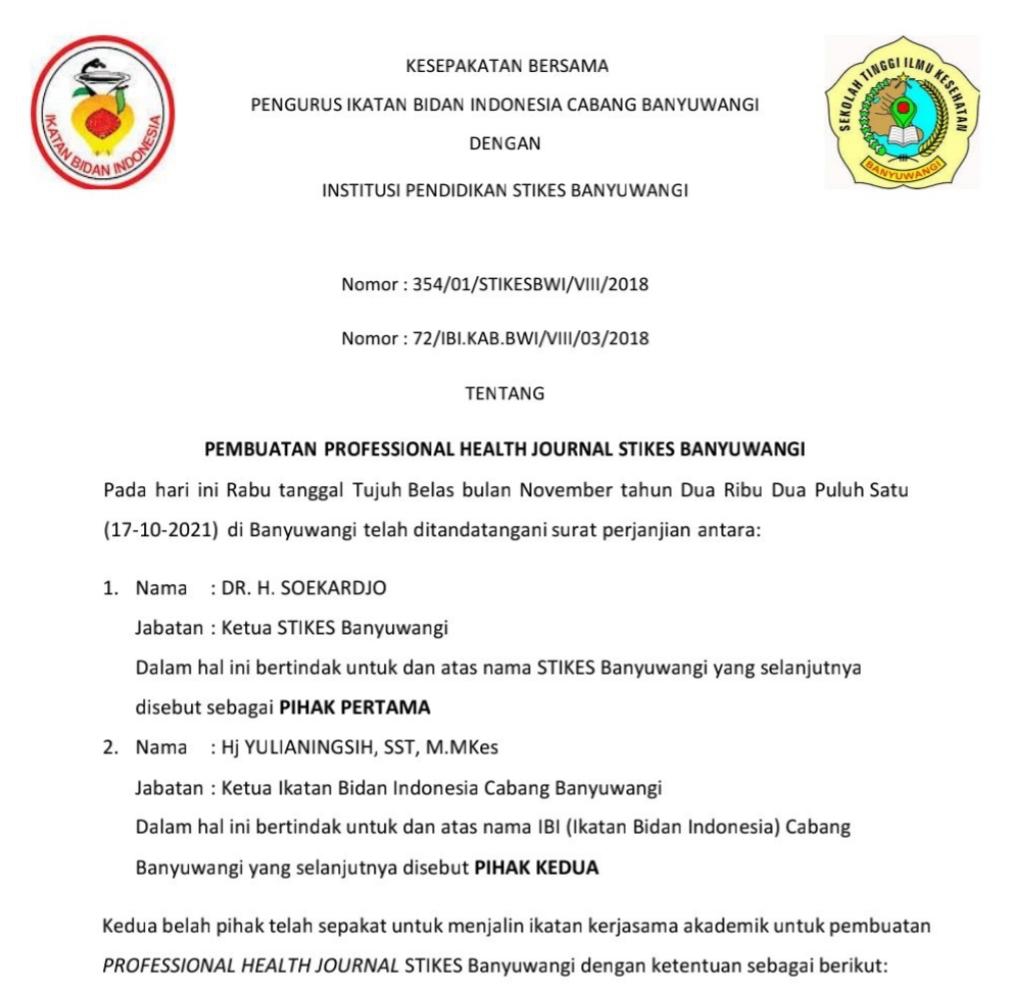Perceived Patient Safety Culture and Safety Performance among Nurses in a Private Hospital
DOI:
https://doi.org/10.54832/phj.v6i2.1187Keywords:
Patient Safety Culture, Nurses, Safety PerformanceAbstract
Introduction; Patient safety continues to be a significant challenge for healthcare institutions in the 21st century, as these organizations strive to provide high-quality care. Understanding patient safety culture and its relationship and safety perceptions among nurses is one way to identify potential areas for improvement in patient safety. Therefore, understanding and addressing the real challenges related to safe practices in healthcare settings is essential.
Objectives; The objective of this study is to evaluate level of patient safety culture and safety performance among nurses in among nurses in a in the Private Hospital, located in Kedah, Malaysia. Methods; This study employed a quantitative correlational design using a cross-sectional approach. The study population will be 247 nurses from different working unit. The sampling technique used was purposive sampling, a method that selects participants based on specific predetermined criteria. Data collection utilized validated questionnaires on the level of patient safety culture and safety performance. Purposive sampling was used to select participants. Data collection utilized validated questionnaires on safety performance and patient safety culture and analysis will be perform using the chi-square goodness-of-fit test. Results: The study assessed the perceptions of 247 nurses on patient safety culture and safety performance, revealing overwhelmingly positive responses in key areas like safety participation (98.0%), safety compliance (96.8%), and event reporting (91.1%). Moderate positive perceptions were found in teamwork (59.9%), management support (65.2%), and communication openness (57.1%), while lower positive in staffing and perceptions patient safety culture were nearly evenly split (51.4% positive, 48.6% negative). Despite a generally strong safety culture, concerns remain in staffing and overall safety perception, highlighting areas for improvement in healthcare settings. Conclusions: The survey highlights strong nurse participation in safety protocols, emphasizing the need for management focus on patient safety cultural change, continuous improvement, and a patient-centered approach for optimal care.
Downloads
References
Abdul, Q. J., Seyed, L. K., Jamshid, J., & Javad, M. (2021). Assessment of patient safety among doctors and nurses in a public hospital in Afghanistan. Risk Management and Health Policy.
Agency for Healthcare Research and Quality. (2021). Nursing and patient safety. Retrieved from https://psnet.ahrq.gov/primer/nursing-and-patient-safety
Agency for Healthcare Research and Quality (AHRQ). (2019). Hospital survey on patient safety culture: 2019 user comparative database report. https://www.ahrq.gov/sops/surveys/hospital/index.html
Amy, M., & Therese, R. (2015). Effect of an evidence-based quality improvement framework on patient safety. Australian Journal of Advanced Nursing, 35(4).
Aniza, I., & Siti, N. M. (2022). Patient safety culture and its determinants among healthcare professionals at a cluster hospital in Malaysia: A cross-sectional study. BMJ Open, 12, e060546. https://doi.org/10.1136/bmjopen-2021-060546
Beth, K., & Tamara, P. (2015). Patient safety culture in nephrology nurse practice settings: Results by primary work unit, organizational work setting, and primary role. Nephrology Nursing Journal, 42(3).
Cuma, S., Ozlem, O., Cigdem, G., & Mehmet, T. (2017). Patient safety culture, evidence-based practice, and performance in nursing. Systemic Practice and Action Research, 31.
Eunmi, L., & Yujeong, K. (2022). The relationship of moral sensitivity and patient safety attitudes with nurses’ perceptions of disclosure of patient safety incidents: A cross-sectional study. International Journal of European Research, 17(1), 3-13.
Gibbons, A., Sharma, J., & Von Thaden, T. (2016). Safety climate and readiness for implementation of evidence- and person-centered practice: A national study of registered nurses in Swedish university hospitals. BMC Nursing.
Griffin, M. A., & Neal, A. (2000). Perceptions of safety at work: A framework for linking safety climate to safety performance, knowledge, and motivation. Journal of Occupational Health Psychology, 5(3), 347–358. https://doi.org/10.1037/1076-8998.5.3.347
Hamzah, A. R., Mutaman, J., & Mohammad, S. D. (2010). Nurse level of education, quality of care, and patient safety in the medical and surgical wards in Malaysian private hospitals: A cross-sectional study. Global Journal of Health Science, 7, 433–439.
Hofmann, D. A., Burke, M. J., & Zohar, D. (2017). 100 years of occupational safety research: From basic protections and work analysis to a multilevel view of workplace safety and risk. Journal of Applied Psychology, 102(3), 375–388. https://doi.org/10.1037/apl0000114
Indra, C. K., Elida, A., Ahmad, S., Retno, H., & Windhu, H. (2020). The relationship between characteristics factors of hospital staff and patient safety culture behavior. EurAsian Journal of BioSciences, 14.
Jang, I., Park, K., & Myonghwa, M. (2016). Knowledge, management, beliefs, and competence on evidence-based decision-making of nurses in general hospitals. Korean Journal of Adult Nursing, 28(1), 83-94.
Jayaraman, S., Liew, C. Y., & Raman, R. A. (2021). Factors influencing nurses’ participation in clinical research: A review. Malaysian Journal of Nursing, 12(4), 35–44. https://ejournal.lucp.net/index.php/mjn/article/view/1294/1439
Jiang, L. (2016). Establishment of the medical malpractice reporting system. Chinese Journal of Hospital Administration, 20(3), 181-182.
Johanna, A. (2020). Application of the Donabedian quality-of-care model to New York State direct support professional core competencies: How structure, process, and outcomes impact disability services. Journal of Social Change, 15(1), 3-13.
John, M. L., Maria, L., Andreia, A., & Rogerio, T. (2015). A Donabedian model of the quality of nursing care from nurses’ perspectives in a Portuguese hospital: A pilot study. BMC Health Services Research.
Jones, A., & Brown, B. (2019). Understanding safety culture in healthcare: A review of challenges and improvements. Journal of Patient Safety, 15(3), 123-135.
Lee, C., Kim, D., & Singh, R. (2022). Safety performance and its impact on patient safety culture. Healthcare Management Review, 47(2), 98-112.
Liu, S. X., Mei, Q., Shen, B., & Zhang, Z. Z. (2010). Literature review on safety performance. China Safety Science Journal, 20(5), 131–139.
Noor Arzahan, I. S., Ismail, Z., & Yasin, S. M. (2022). Safety culture, safety climate, and safety performance in healthcare facilities: A systematic review. Safety Science, 147. https://doi.org/10.1016/j.ssci.2021.105624
Mohamed Ali, S., & Noor, H. (2023). Assessment of patient safety culture in a new teaching hospital: A cross-sectional study. International Journal of Healthcare Management, 16(2), 85-97. https://doi.org/xxxxx
Smith, J., Patel, K., & Wong, M. (2020). Global healthcare safety challenges and solutions. International Journal of Healthcare Studies, 45(1), 56-78.
Sorra, J. S. (2016). Surveying patient safety culture: A guide to assessing healthcare organizations' safety climate. Journal of Patient Safety, 12(4), 125-135. https://doi.org/10.xxxx/jps.2016.12.4.125
World Health Organization. (2020). Patient participation as a driver of health equity: A decade of patient safety 2020-2030. Technical report and guidance department.
World Health Organization. (2021). Patient participation as a driver of health equity: A decade of patient safety 2021-2030. Technical report and guidance department.

















